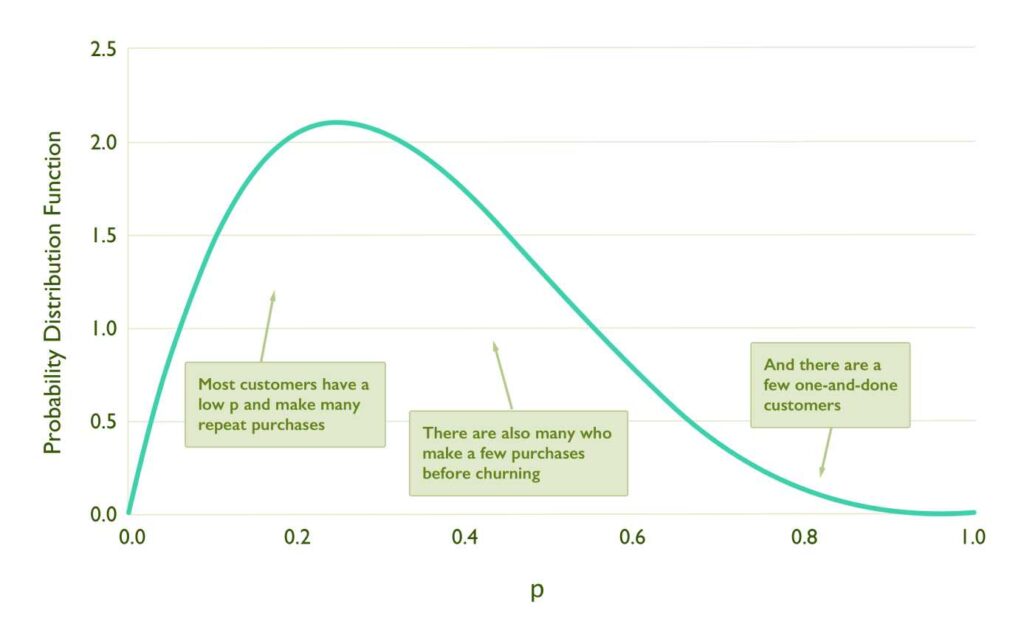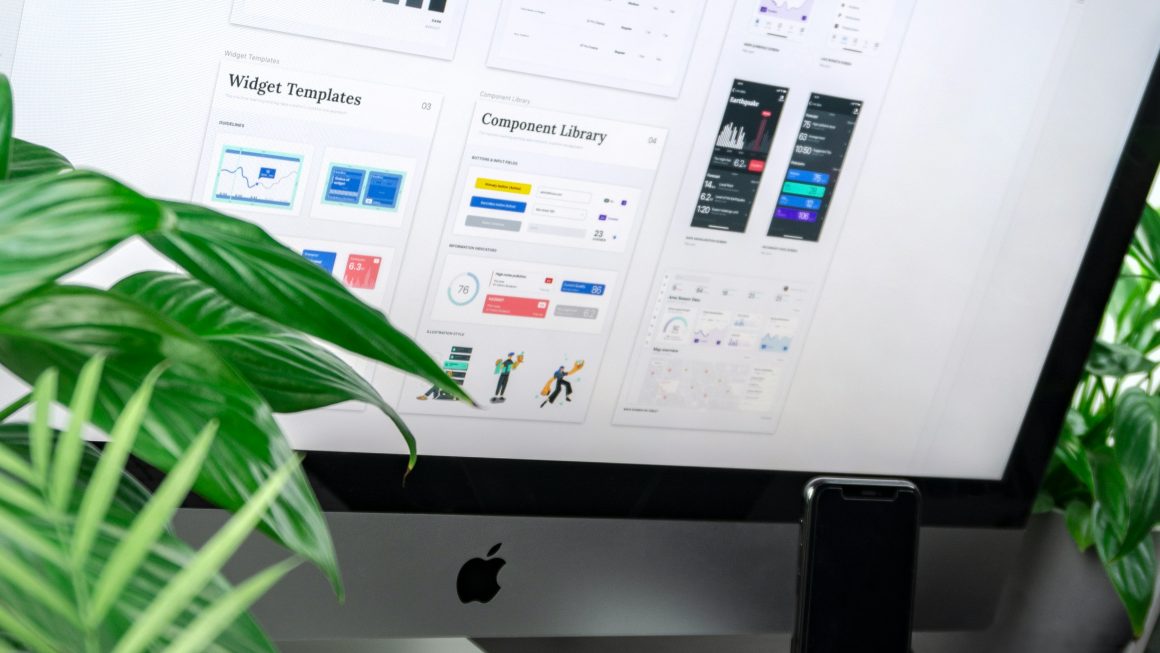Just about every business employs software for its operations. However, most SaaS Business finds that lifetime licenses are ridiculously expensive. If you are looking to use software for your business without ravaging your wallet, going for software as a service (SaaS), and consulting a SaaS consultant would be considered prudent.
What is SaaS?
SaaS is a cloud-based service that requires you to access applications on the internet using a browser, instead of downloading them for offline use. SaaS applications are also known as web-based software, on-demand software, or hosted software. All of them run on the servers provided by the SaaS.
Why Saas?
SaaS boasts a multitude of benefits to customers and Saas businesses alike. Here are some of them:
1. For Customers
- Pay Per Use
You do not have to bear any upfront costs to use a SaaS application. No license fee is required. If you want the app for a limited period or a single specific purpose, you are expected to pay only for that.
You can stop subscription at any point, thereby minimizing your buyer’s risk.
- Easy Access
Licensed software is usually limited to a specified number of devices. SaaS allows you to access the application from any device with an internet connection at any time, thereby increasing ease of access.
- Automated Updates
A SaaS provider automates all the application’s updates. You do not have to download and install the updates separately.
2. For Companies
- Stability and Predictability
Predicting revenues becomes a breeze with SaaS. The SaaS business model allows you to monitor all the incoming invoices, contract expiration of particular clients, changes of subscription plans, and so forth, thereby reducing the risk of sudden revenue decrease.
- No Piracy
You do not sell licenses for your software. Instead, you deliver it to your customers on a pay-for-use or subscription basis. In other words, SaaS is a platform for data that is accessible only to paying customers.
- Simplified Expansion
The SaaS model nullifies the need for help from intermediaries for distribution. Since your product is an internet-based application, all you need to market it globally is access to the internet.
- Automated Service Delivery
The stand out benefit of the SaaS model is undoubtedly its automation. You should have no problem landing new clients since this system works all the time.
- Network Effects
The higher the number of people who make use of a tool like this, the higher the number of prospects. Customer decisions are significantly influenced by recommendations from influencers, bloggers, and other customers.
Getting a SaaS Consultant
You can expect your SaaS consultant to do the following:
- Do the required market research and come up with a robust, fact-based plan to differentiate your SaaS company from the others
- Inform you about the costs involved and the optimal ways to use your time and money.
- Advise you on the required growth strategies to improve your business
- Provide you with the best onboarding strategies.
- Outline a well-defined process and guide you through the entire product development life cycle.
SaaS Metrics that you Should Carefully Consider
If you are a SaaS company that is aiming for substantial growth, you ought to take a serious look at the parameters associated with SaaS. Here are some of them.
Customer Churn Rate
Customer churn rate is a measure of how much business you have lost within a specific period. It is undoubtedly one of the severe metrics in tracking the daily vitality of your business. Keeping your current customers is as important as landing new ones.
If you are tracking your customer churn rate on a monthly or quarterly basis, digging deeper for factors aside from your customer count can do you wonders. Doing so can help you determine why some of your customers failed to renew their subscriptions.

Customer Lifetime Value (CLV)
The Customer lifetime value (CLV) is the average amount of money that your customers pay during their signup to your company. This parameter makes for an accurate representation of your Saas business’ growth.
You can determine your CLV using a CLV calculator. The formula to calculate CLV, in its most basic form, is this –
(Annual revenue per customer * Customer relationship in years) – Customer acquisition cost
Revenue Churn
Revenue Churn is a measure of revenue loss. It’s essential to measure the revenue churn along with the customer churn to determine and evaluate the external impact some customers may have over others.
Customer Acquisition Cost (CAC)
Customer acquisition cost (CAC) shows precisely how much it costs to acquire new customers and the amount of value they bring to your business. When combined with CLV, this parameter helps companies confirm that their business model is viable.
Divide your total sales and marketing expenditure by the total number of new customers you add during a specified period. Customer acquisition ought to be a primary area of focus for new companies.
Months to Recover CAC
Another crucial parameter, this helps you determine how quickly a customer starts to generate Return on interest (ROI) for your business. Ideally, that number should decrease as your business grows.
To calculate this parameter, divide CAC by the product of Monthly Recurring Revenue (MRR) and your Gross margin (i.e., Gross revenue – Cost of sales) :
CAC / MRR x GM
Leads by Lifecycle Stage
In a nutshell, a basic lead is a prospect whose research has just begun. Slotting leads into subcategories helps determine where they are in the buying process.
Marketing qualified lead (MQL):
MQL is a prospect who has started to dig deep and do extensive research. Examples of such research include downloading ebooks and returning to your website.
Sales qualified lead (SQL):
This is a prospect who is most likely looking up different vendors and is possibly on the edge of making a decision.




